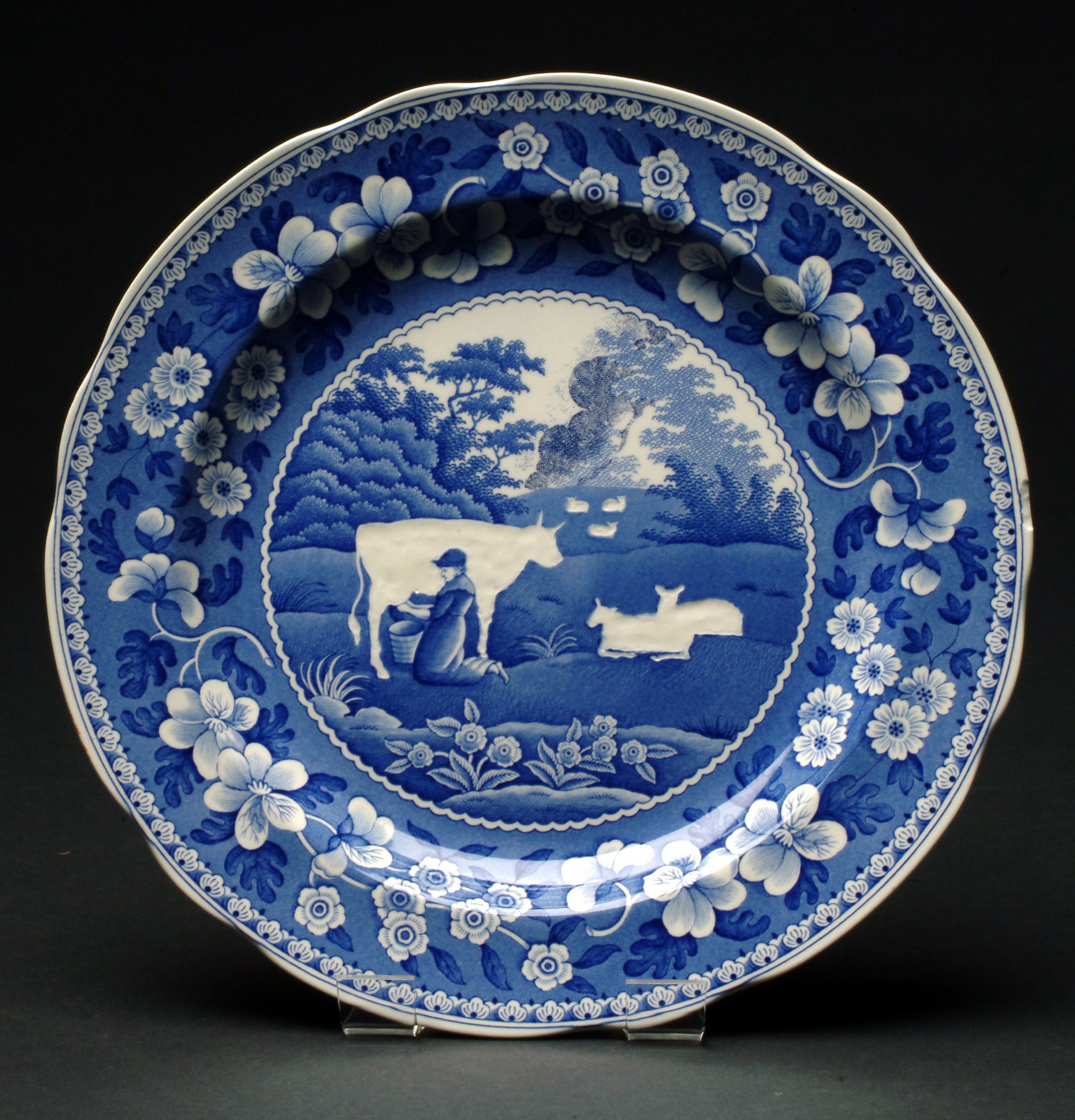 Paul Scott is a Cumbrian based artist with a diverse practice and an international reputation. He is well known for his research into printed vitreous surfaces, as well as his characteristic blue and white artworks in glazed ceramic. These can be found in public collections around the globe – including the Victoria and Albert Museum London, The National Museum Stockholm Sweden, The National Decorative Arts Museum Norway and The Museum of Art and Design New York.
Paul Scott is a Cumbrian based artist with a diverse practice and an international reputation. He is well known for his research into printed vitreous surfaces, as well as his characteristic blue and white artworks in glazed ceramic. These can be found in public collections around the globe – including the Victoria and Albert Museum London, The National Museum Stockholm Sweden, The National Decorative Arts Museum Norway and The Museum of Art and Design New York.
The combination of rigorous research, writing, studio practice and commissioning ensures that his work is continually developing – but it is fundamentally concerned with landscape, pattern and a sense of place.
In July 2011 Paul was appointed Professor 2 at the Oslo National Academy of the Arts (KHiO) in Norway.
Paul Scott lives in Cumbria, North West England, in the type of rural area, which often attracts craft potters. Scott however, has gained international prominence in promoting a practice at odds with the traditional truth to materials and form/function concerns of craft potters, and indeed, of many studio ceramists. A leading proponent of ceramics and print, he has been instrumental in demonstrating the contemporary creative potential of a combination used in industry for hundreds of years to mass-produce decorative wares and tiles. The industrial associations of printed ceramics, the absence of direct traces of the maker’s hand and the apparent lack of integrity in mechanically produced imagery, has not recommended this approach to ceramics purists. A decade ago finding print in a piece of studio ceramics would have been unusual, but it is now becoming a relatively common occurrence, not least because of Scott’s pioneering example.
One of the works in Landscape : Islands is:
Scott’s Cumbrian Blue(s) Arctic Scenery, Kulluk. Inglaze print collage and gold lustre on feather edged pearlware platter, c.1820. Paul Scott 2014.
The work commemorates the grounding of the oil exploration rig the Kulluk on the Arctic island Sitkalidak:
From 1983 to 1993, the rig was operated by Gulf Canada Resources in the Canadian Arctic. She was mothballed in 1993, and in 2005 she was acquired by Royal Dutch Shell and underwent intensive refurbishment. In January 2006, Shell awarded a contract to manage and operate Kulluk to Frontier Drilling (now part of Noble Corporation). In 2007, there was an industrial accident on board Kulluk while she was undergoing refurbishment, causing the death of a man.
On 31 December 2012, Kulluk drifted aground off Sitkalidak Island in the Gulf of Alaska. Up until October the rig had been working in the Beaufort Sea, off the Alaska North Slope. She was being towed to her winter home in Seattle when she encountered a storm, and the incident occurred. The US Coast Guard evacuated her 18-man crew on 29 December. On New Year’s Eve, tug crews were ordered by the US Coast Guard to cut the rig loose, leading to her grounding.
Kulluk’s movement south for the winter was at least in part motivated by an effort to avoid State of Alaska property taxes on oil and gas extraction equipment.



